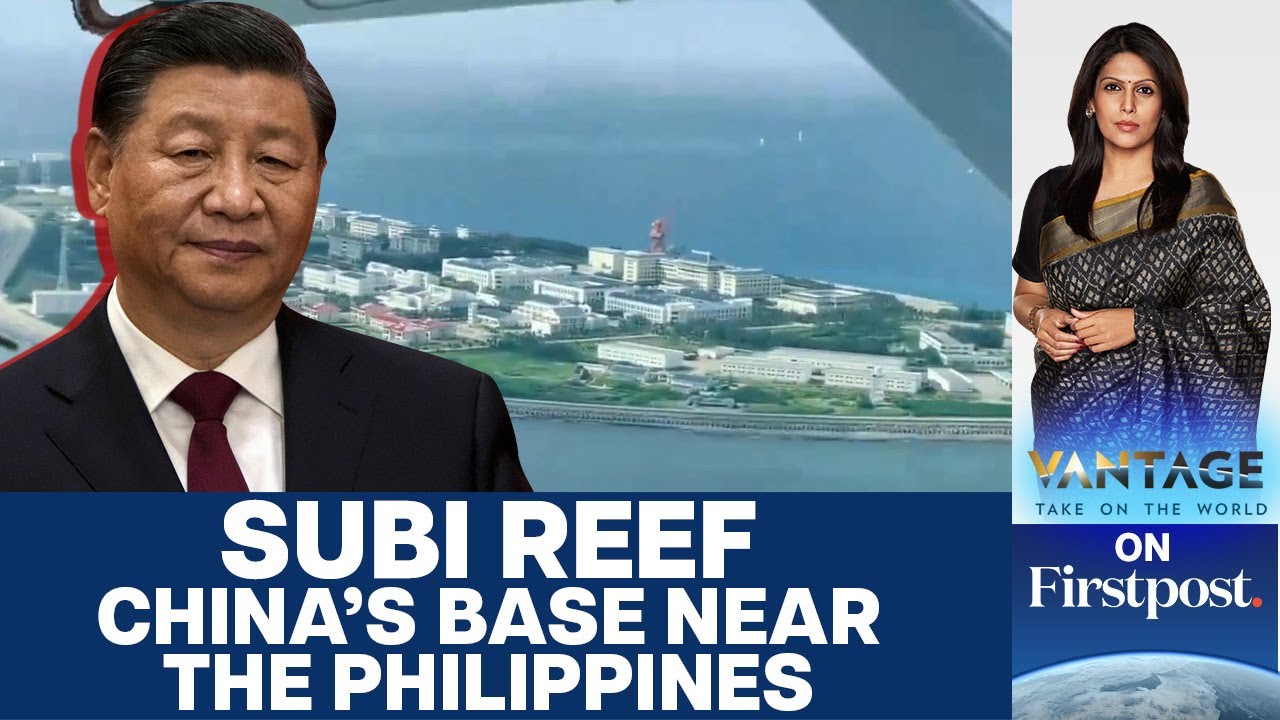Beijing, Manila agree to continue talks on West Philippine Sea | INQToday
Summary
TLDRTop diplomats from the Philippines and China have agreed to continue discussions on cooperation in the disputed West Philippine Sea. Under Secretary Maria Teresa Lazaro and Chinese Vice Foreign Minister Shen Xiadong had a candid exchange, with the Philippines asserting its position on Escot lying within its exclusive economic zone and seeking to reduce tensions. China reiterated its claim to sovereignty and demanded the withdrawal of Philippine vessels. Despite differences, both nations agreed to pursue talks on hotline mechanisms, coast guard cooperation, and marine scientific collaboration. This follows a series of incidents, including a Chinese vessel collision with a Philippine ship, and ongoing concerns over Chinese militia presence and potential reclamation activities.
Takeaways
- 🤝 The Philippines and China have agreed to continue discussions on cooperation concerning the West Philippine Sea.
- 🗣️ Top Foreign Affairs officials from both nations exchanged views on recent developments in the disputed waters.
- 🗓️ The discussions took place on September 12, with the Philippine Under Secretary Maria Teresa Lazaro and Chinese Vice Foreign Minister Shen Xiadong engaging in a candid exchange.
- 📍 The Philippines emphasized that Escot lies within its exclusive economic zone and sought ways to lower tensions.
- 🚫 China reiterated its demand for the immediate withdrawal of Philippine vessels in the area, asserting its supposed sovereignty.
- 🔄 Despite disagreements, both countries agreed to continue talks on disputed waters, including hotline mechanisms and coast guard cooperation.
- 🌐 The bilateral consultation mechanism was held in Beijing on September 11, focusing on managing the situation at Escot.
- 🚢 The Philippine Coast Guard has recorded incidents of harassment by Chinese vessels near Escot, highlighting tensions in the area.
- 🏝️ Escot has become a new flash point in the maritime dispute between Manila and Beijing.
- ⚖️ A 2016 arbitral ruling invalidated China's claims over most of the South China Sea, including the West Philippine Sea.
Q & A
What was the main topic of discussion between the Philippines and China on September 12?
-The main topic of discussion was the continuation of dialogue on areas of cooperation concerning the West Philippine Sea, including managing the situation in the disputed waters.
Who were the representatives from the Philippines and China in the discussion?
-The representatives were Under Secretary Maria Teresa Lazaro from the Philippines and Chinese Vice Foreign Minister Shen Xiadong.
What was the nature of the exchange between the two officials?
-The exchange was described as frank and candid, focusing on managing the situation in the West Philippine Sea.
What is the Philippines' stance on Escot, according to the DFA?
-The Philippines emphasized that Escot lies within its exclusive economic zone and explored ways to lower tensions in the area.
What was China's response to the Philippines' position on Escot?
-China reiterated its supposed sovereignty over the area and demanded the immediate withdrawal of Philippine vessels.
What were the agreed-upon points for future discussions between the Philippines and China?
-Both countries agreed to continue talks on disputed waters, focusing on hotline mechanisms, coast guard cooperation, and marine scientific and technological cooperation.
When was the bilateral consultation mechanism held, and where did it take place?
-The bilateral consultation mechanism was held on September 11 in Beijing.
What has been the recent development at Escot that has raised tensions?
-The Philippine Coast Guard has recorded five incidents of harassment by Chinese vessels in a month, including a collision with a Chinese Coast Guard vessel on August 31.
How does China claim its rights over the South China Sea, including the West Philippine Sea?
-China claims sovereignty over most of the South China Sea, including the West Philippine Sea, despite an arbitral ruling in 2016 that invalidated these claims.
What is the significance of the bilateral consultation mechanism in managing the maritime row?
-The bilateral consultation mechanism is significant as it provides a platform for both countries to discuss and manage the situation at Escot and other disputed areas, aiming to reduce tensions and find cooperative solutions.
What is the current status of the Chinese militia presence and reclamation activities in the West Philippine Sea?
-The continued presence of Chinese militia and suspected reclamation activities are points of contention and are part of the discussions in the bilateral consultation mechanism.
Outlines

This section is available to paid users only. Please upgrade to access this part.
Upgrade NowMindmap

This section is available to paid users only. Please upgrade to access this part.
Upgrade NowKeywords

This section is available to paid users only. Please upgrade to access this part.
Upgrade NowHighlights

This section is available to paid users only. Please upgrade to access this part.
Upgrade NowTranscripts

This section is available to paid users only. Please upgrade to access this part.
Upgrade NowBrowse More Related Video

PH not cowed by China’s threat to crush any incursion in WPS | INQToday

Vietnam, PCG use water cannon in West Philippine Sea drills | INQToday

Pagpapaalis sa monster ship, muling igigiit ng Pilipinas sa pulong kasama ang China bukas | 24 Oras

What disputed territories are China and Philippines sparring over in the South China Sea?

China Militarises Island near the Philippines: How will Manila React? | Vantage with Palki Sharma

China, hinikayat ang mga kabataang Pilipino na labanan ang "misinformation" | 24 Oras Weekend
5.0 / 5 (0 votes)